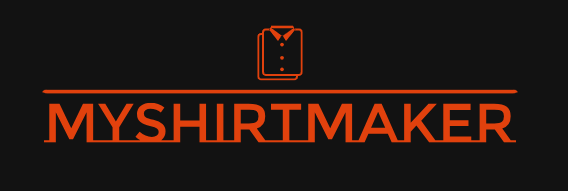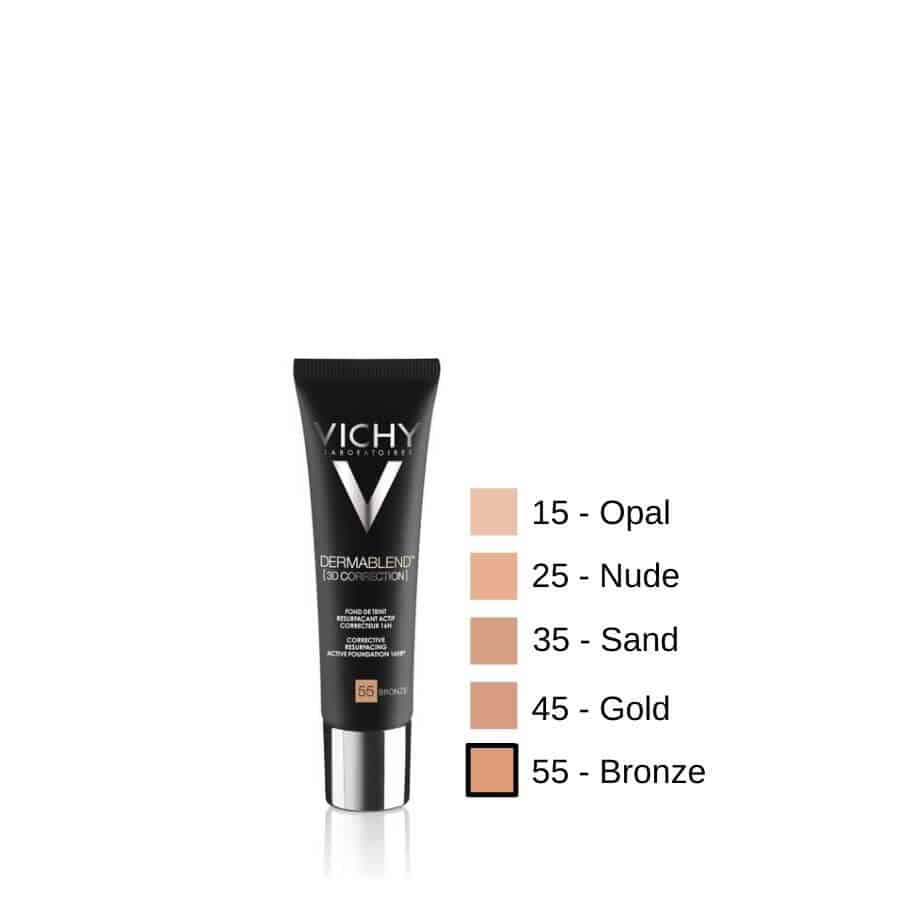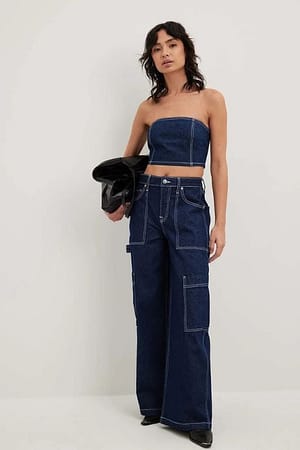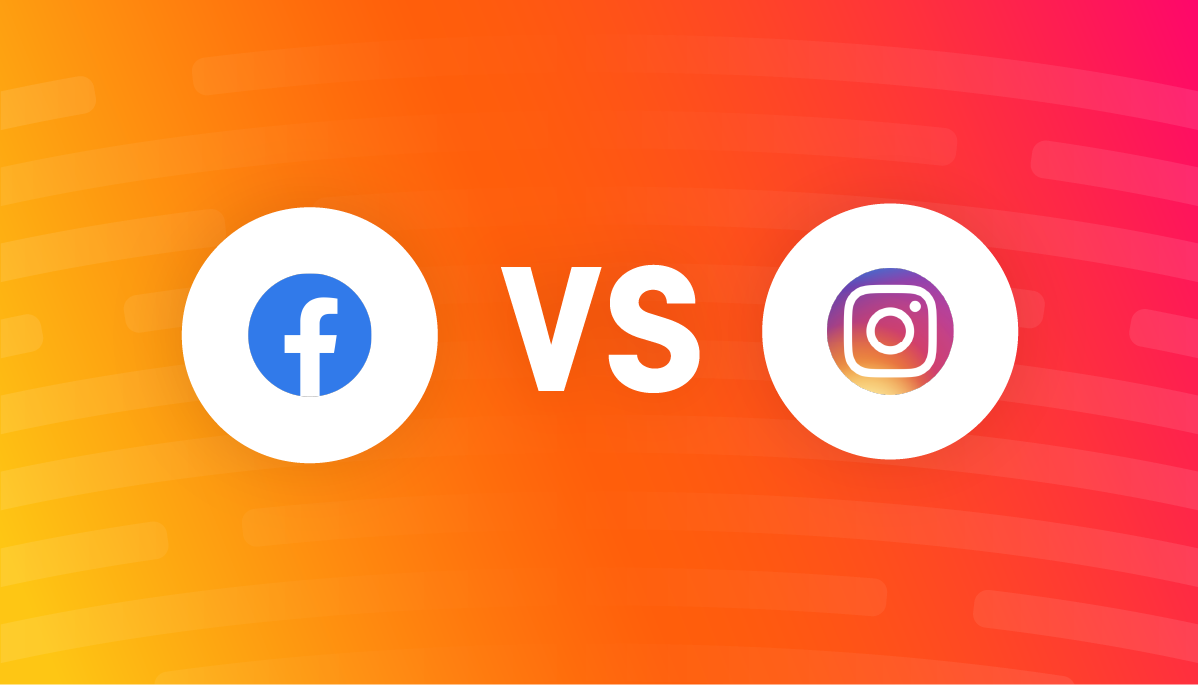Victorian Era Fashion Elegance and Extravagance Unveiled


Exploring the Opulence of Victorian Era Fashion
The Elegance of Victorian Fashion
Victorian era fashion is renowned for its opulence, elegance, and intricate designs that epitomize the refined tastes of the era. From lavish ball gowns to tailored suits, Victorian fashion reflected the social status and cultural values of the time, making it a fascinating subject of study for fashion enthusiasts and historians alike.
Intricate Details and Ornate Embellishments
One of the defining features of Victorian fashion was the attention to detail and the use of ornate embellishments. Dresses were often adorned with intricate lace, delicate embroidery, and luxurious fabrics such as silk, satin, and velvet. Accessories like gloves, fans, and parasols were also embellished with elaborate decorations, adding to the overall grandeur of the ensemble.
Layers upon Layers: The Art of Dressing
Victorian fashion was characterized by its layered silhouette, with women often wearing multiple petticoats, corsets, and crinolines to achieve the desired shape. The hourglass figure was highly prized during this time, and women went to great lengths to achieve it, even if it meant sacrificing comfort for fashion.
The Influence of Queen Victoria
Queen Victoria herself played a significant role in shaping Victorian fashion. Her preference for modest, conservative clothing set the tone for the era, and many women emulated her style in their own wardrobes. The popularization of the white wedding dress, for example, can be attributed to Queen Victoria, who wore one for her own wedding in 1840.
Fashion for Every Occasion
Victorian fashion encompassed a wide range of styles, from the formal attire worn at court to the practical clothing worn for everyday activities. For men, this meant tailored suits and top hats for formal occasions, while women donned elegant dresses and bonnets. Working-class individuals, on the other hand, wore simpler garments made from durable fabrics like wool and cotton.
Changing Trends and Styles
Throughout the Victorian era, fashion trends evolved in response to changes in society, technology, and culture. The early Victorian period was characterized by the romanticism of the Romantic era, with billowing sleeves, high necklines, and full skirts being popular styles. As the century progressed, fashion became more structured and tailored, reflecting the growing influence of industrialization and the rise of the middle class.
Fashion and Gender
Gender played a significant role in Victorian fashion, with strict social norms dictating what was considered appropriate attire for men and women. While men’s clothing was generally more practical and utilitarian, women’s clothing was often highly decorative and ornate, reflecting their perceived role as the guardians of morality and virtue.
Legacy and Influence
Despite the passage of time, the legacy of Victorian fashion continues to influence modern-day trends and styles. Elements of Victorian fashion can be seen in contemporary designs, from the resurgence of corsets and bustles to the popularity of vintage-inspired accessories. By studying Victorian fashion, we gain a greater understanding of the cultural, social, and historical forces that shape our perceptions of beauty and style. Read more about victorian era fashion








